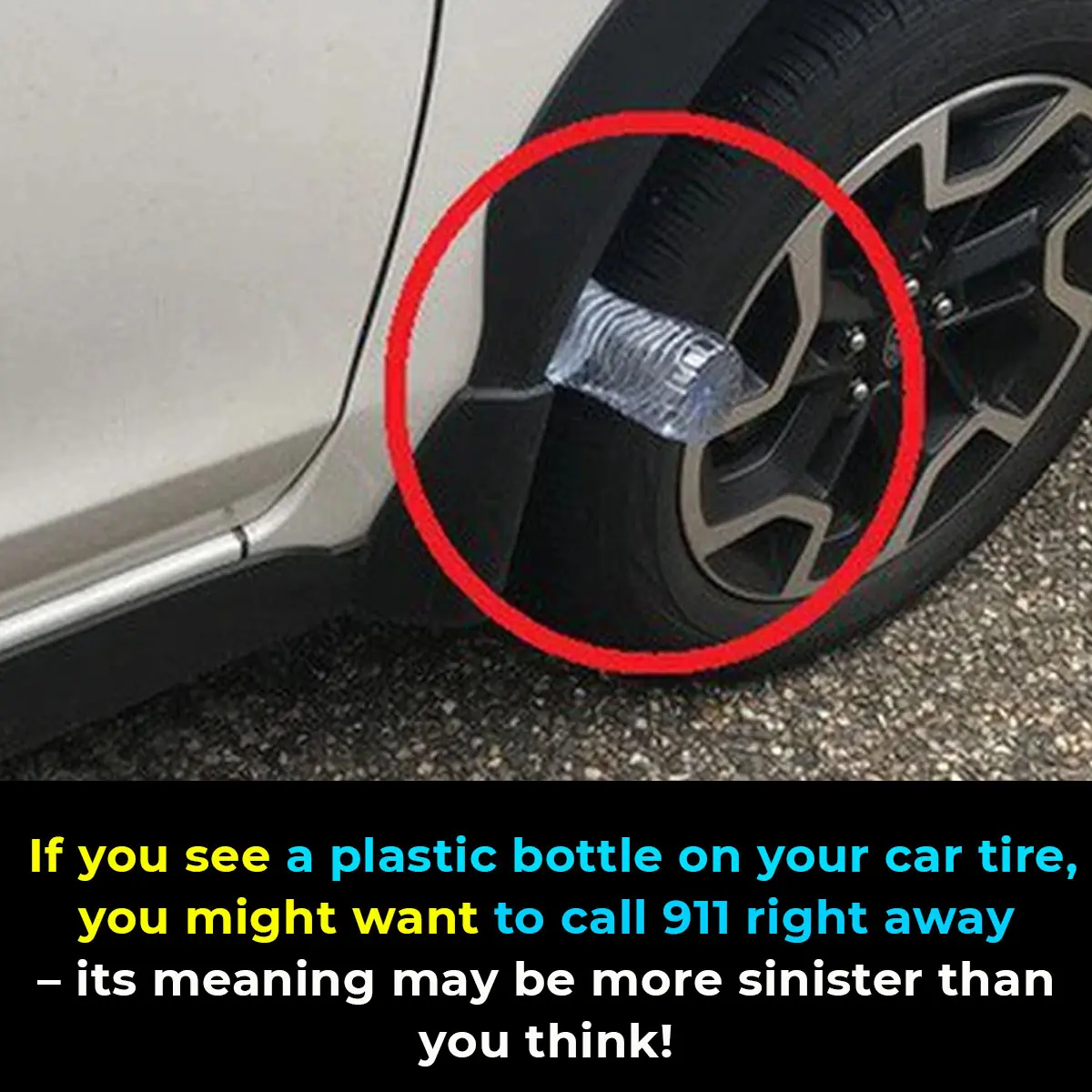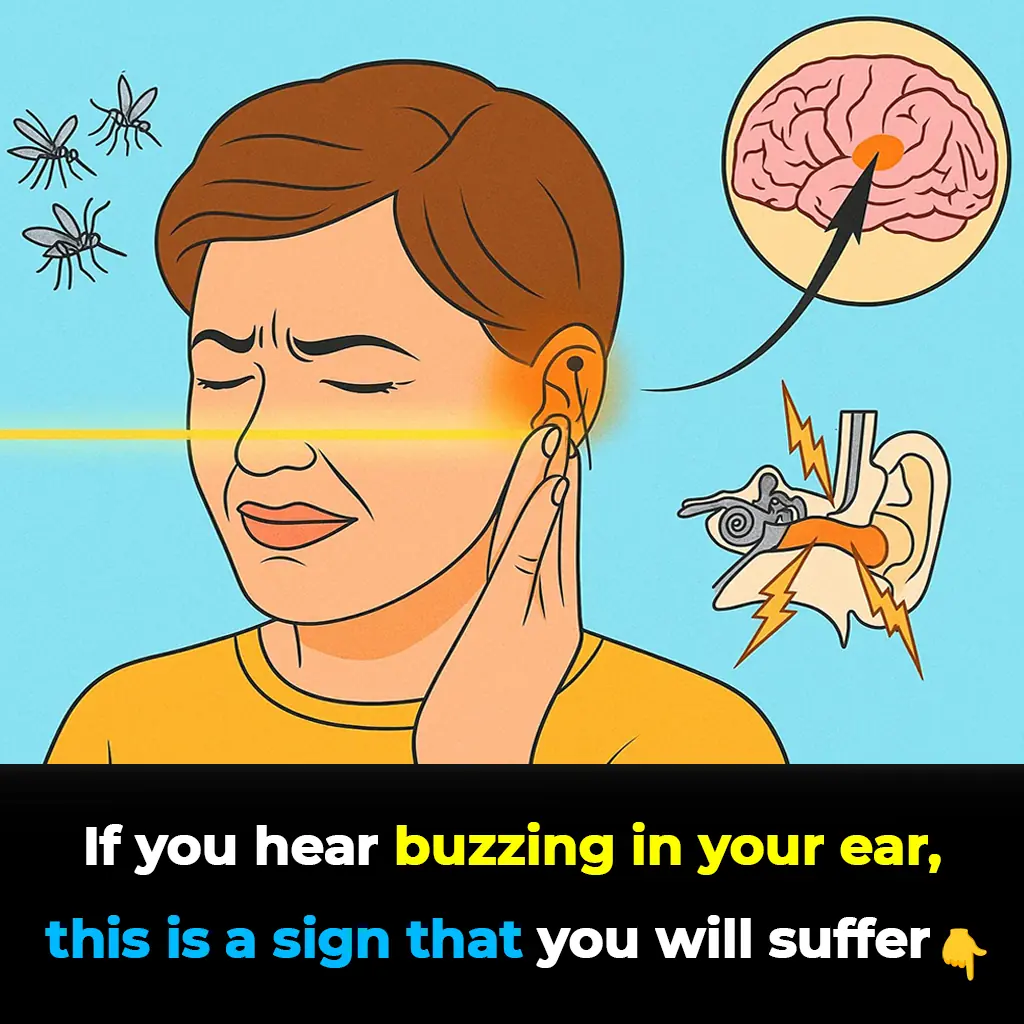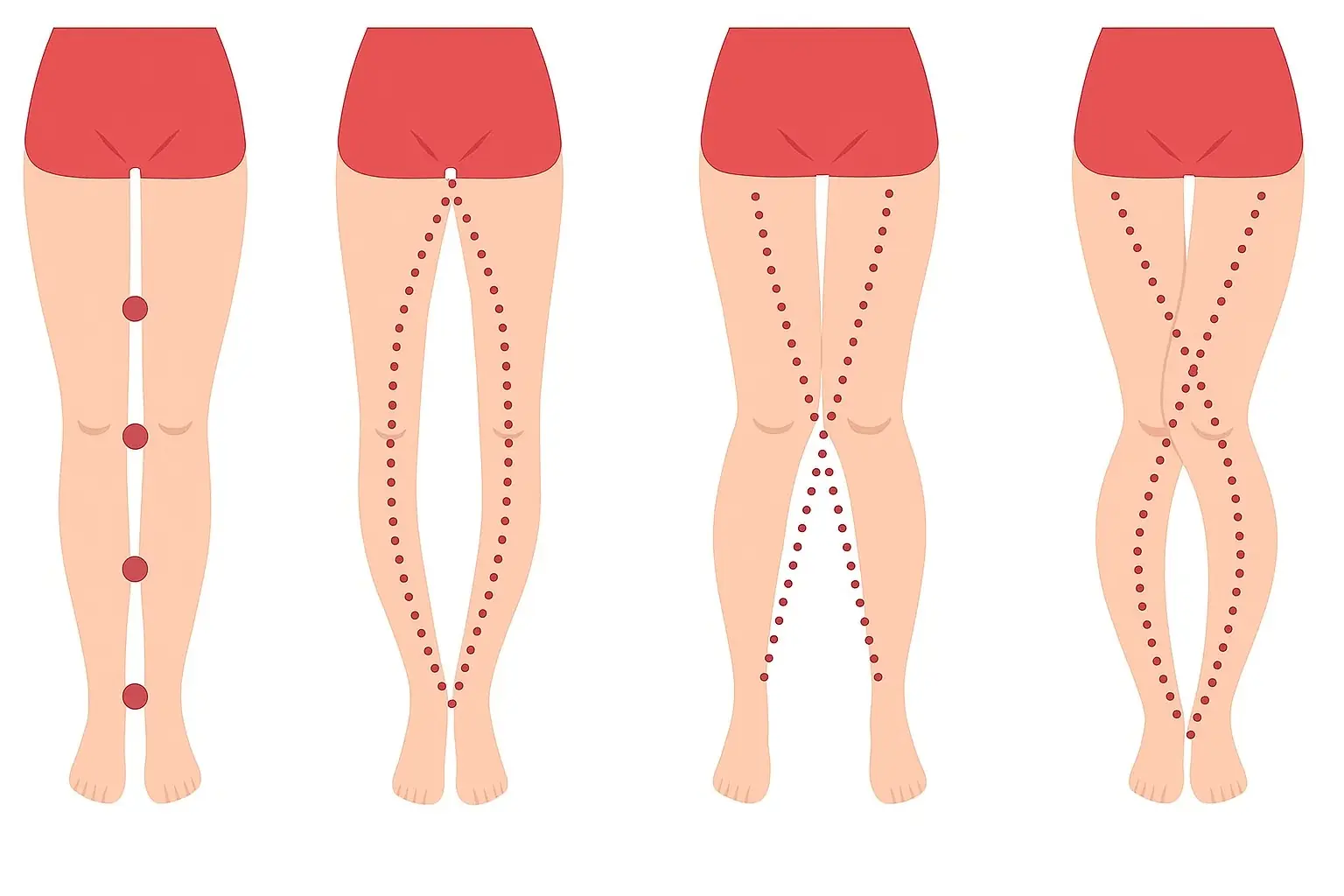
Beware of the Plastic Bottle Scam: A New Car Theft Tactic

Beware of This Growing Car Theft Scheme Involving Plastic Bottles
Car theft is a constant threat for vehicle owners, and thieves are constantly coming up with new, clever ways to steal cars or valuables. One such tactic, involving nothing more than a simple plastic bottle, has been causing alarm across the globe. What might seem like a harmless discovery could, in fact, be a warning sign that you’re being targeted for car theft. If you ever spot a plastic bottle wedged between your car’s tire and frame, don’t ignore it. Instead, treat it as a potential red flag and take immediate action.
The Plastic Bottle Car Theft Trick
Car thieves are increasingly finding innovative ways to mark cars for theft, and one of the latest methods involves placing a plastic bottle near the vehicle. This tactic has proven to be highly effective due to its simplicity and low cost, which makes it difficult to detect. The trick originally emerged in Limpopo, South Africa, but it has since spread to other regions, including the United States, as thieves continue to refine their methods.
The basic principle behind this scheme is as follows: the thief strategically places an empty water bottle near the car’s front passenger-side wheel. The placement is intended to avoid detection and blend in with the environment. While this may seem like an inconspicuous action, it is a clever trap designed to draw attention from the vehicle owner.
Once the car owner starts the engine and drives away, the plastic bottle causes a faint crackling sound that catches their attention. This noise is designed to make the driver stop and investigate, thinking that something may be wrong with their vehicle. When the driver gets out of the car to inspect the noise, the thief sees an opportunity to act. If the driver leaves the car running and the keys are still inside, the thief can easily steal the vehicle. In some cases, if the car isn’t stolen, the thief may take valuables left inside, such as wallets, phones, or electronics. Even worse, this setup can put the driver in a vulnerable situation for potential confrontation or even physical harm.
How the Trick Works: A Step-by-Step Breakdown
Step 1: The Setup
The car thief’s first step is to place a plastic bottle—often a discarded water bottle—near the vehicle’s tire. This is usually done at night or in quiet, low-traffic areas to avoid drawing attention. The front passenger side is often chosen because it’s less likely to be seen by the driver when they are getting into the car. The bottle is positioned so that it is wedged between the tire and the car’s frame, making it difficult for the driver to notice immediately.
Step 2: The Noise
Once the driver starts the vehicle and begins driving, the plastic bottle makes a crackling sound as the tire rolls over it. This noise is usually subtle, but it is enough to make the driver stop and check what’s wrong. The sound may resemble a small thud or popping noise, which can be mistaken for something coming loose in the vehicle or a flat tire.
Step 3: Investigation
At this point, the driver, thinking there’s something wrong with the vehicle, exits the car to investigate. This is exactly what the thief is counting on. As soon as the driver leaves the car, the thief has the opportunity to act. If the car is left running and the keys are still inside, the thief can quickly get in and drive away with the vehicle.
Even if the car is not stolen immediately, the thief might take advantage of the situation to grab valuables from the car, such as wallets, phones, or any visible items of value. This puts the car owner at risk of losing important items, and in some cases, the thief might even confront the driver.
Step 4: The Theft
If the thief is successful in stealing the car, they will drive away quickly, taking the vehicle to a hidden location where they can strip it for parts or resell it. If the car isn’t stolen, the thief may still have the opportunity to take valuables and flee before the driver realizes what has happened.
How to Protect Yourself from This Growing Scheme
While it’s easy to dismiss this trick as a minor inconvenience, it’s important to stay vigilant and take action if you notice a plastic bottle near your tire. Here are some essential safety tips to help protect yourself and your vehicle from this growing car theft scheme:
1. Inspect Your Vehicle Thoroughly
Before getting into your car, always perform a quick inspection of the surrounding area, particularly near the tires. Look for anything unusual, including plastic bottles or other objects wedged between the tire and frame. If you see anything out of the ordinary, approach the situation with caution and avoid removing the object yourself.
2. Be Aware of Your Surroundings
Car thieves often target vehicles in isolated or poorly lit areas, such as parking lots at night or in quiet neighborhoods. When parking, choose well-lit areas and ensure that your car is visible to others. If you notice anything suspicious or feel uncomfortable about the location, consider moving your car to a different spot.
3. Call 911 If You Find a Plastic Bottle
If you find a plastic bottle wedged near your tire, do not immediately remove it. Instead, discreetly call 911 and report the situation. Provide your location and vehicle details to the operator, and express any concerns about your safety. It’s better to be cautious and wait for authorities to assess the situation before attempting to remove the bottle yourself.
4. Don’t Leave Your Car Running
Never leave your car running when you step away, even if it’s just for a moment. Always ensure the keys are with you and that the car is securely locked. This simple precaution can prevent a theft from happening in the first place.
5. Stay Alert When Exiting Your Vehicle
When you exit your vehicle, especially in unfamiliar areas, stay aware of your surroundings. Always double-check that your car is secure and avoid leaving valuables in plain sight. If you need to step away from the vehicle, take your keys and any valuable items with you.
The Growing Threat of Car Theft Schemes
Car theft is a serious crime that affects millions of people worldwide each year. While traditional methods of theft, such as hot-wiring cars or breaking into vehicles, remain common, new tactics like the plastic bottle trick have emerged, showing how creative thieves can be.
As thieves continue to innovate and refine their methods, it’s essential for car owners to stay vigilant and be aware of any unusual activity around their vehicles. The plastic bottle trick is just one example of how criminals are using simple tools to carry out thefts, but with the right knowledge and precautions, you can protect yourself from falling victim to this growing scheme.
By staying alert, regularly checking your vehicle, and reporting suspicious activity to the authorities, you can reduce the risk of being targeted and ensure that your car—and your belongings—remain safe.
Conclusion
If you notice a plastic bottle wedged between your car’s tire and frame, it’s crucial not to ignore it. This seemingly harmless situation could be a sign that your vehicle is being marked for theft. Always take the necessary precautions by inspecting your vehicle, staying aware of your surroundings, and contacting 911 if you notice anything suspicious. By acting quickly and staying vigilant, you can protect yourself from this clever car theft tactic and avoid becoming a victim.
News in the same category


Researchers Find Higher Intelligence Is Correlated With Left-Wing Beliefs and Seems to Be Genetic

Urgent Health Warning Issued After Pigs With ‘Neon Blue’ Flesh Are Discovered in One Specific Part of the Us

'Hostile' comet aimed at Earth could obliterate the world's economy 'overnight' if it hits

Iconic movie sequel delayed until 2027 after online sleuths 'guessed the plot'

Don’t Sleep With Your Pets

The Secret Meaning of the Letter “M” on Your Palm

The Remarkable Journey of Tru Beare, Who Was Born Weighing Only One Pound

Researchers Create Injectable Hydrogel to Boost Bone Strength

If You Have Moles on This Part of Your Body

The Purpose of the Small Pocket in Women’s Underwear

Can You Spot the Hidden Number?

Chinese Scientists Say They Created a Cure for Type 1 Diabetes

Rob Gronkowski forgot he invested $69,000 in Apple and ten years later the value has completely changed his net-worth

Scientists discover that powerful side effect of Ozempic could actually reverse aging

Scientists warn ancient Easter Island statues could vanish in a matter of years

NASA astronaut describes exactly what space smells like and it's not what you'd expect

Subtle Signs Your Passed Loved One Is Watching Over You

What Does a Thumb Ring Really Mean
News Post

7 Warning Signs You May Have Uterine Fibroids

Parasite Cleanses: Do They Really Improve Your Gut Health — and Are They Safe?

8 Teas to Drink for a Healthier Body and Mind

The Hidden Truth About Tinnitus: Why That Ringing in Your Ears Shouldn’t Be Ignored
Over time, repeated noise trauma damages tiny hair cells inside the cochlea, which cannot regenerate, resulting in permanent hearing changes and tinnitus.

DIY Turmeric & Ginger Shots to Fight Inflammation, Boost Immunity & Soothe Your Gut

Coconut water: Is It Good for You, Nutrition, Benefits, Side Effects (Science Based)

Clean Arteries: 10 Foods to Eat Daily

10 Warning Signs of Parasites in Your Body

Diet and Uric Acid: Foods to Avoid for Gout Prevention

Hiker Encounters Massive Snake Camouflaged Along South Carolina Creek

8 Foods That Help Eliminate Cancer Cells

David Quammen, the COVID Predictor Warns of New Pandemic Threats

Natural Remedies to Address Skin Tags, Warts, and Blackheads

Tips for Selecting Fresh Pork at the Market

The Deficiency of These Vitamins Contributes to Panic Attacks

Researchers Find Higher Intelligence Is Correlated With Left-Wing Beliefs and Seems to Be Genetic

Urgent Health Warning Issued After Pigs With ‘Neon Blue’ Flesh Are Discovered in One Specific Part of the Us

25-Year-Old Groom Dies from Acute Liver Failure After Eating Chicken – Doctors Warn of One Critical Danger!
Doctors caution people with pre-existing liver conditions, weakened immune systems, or chronic illnesses to exercise extra care when handling poultry and other high-risk.

What Your Legs Can’t Say, Your Vagina Can — The Truth About the Female Body Most People Don’t Know
